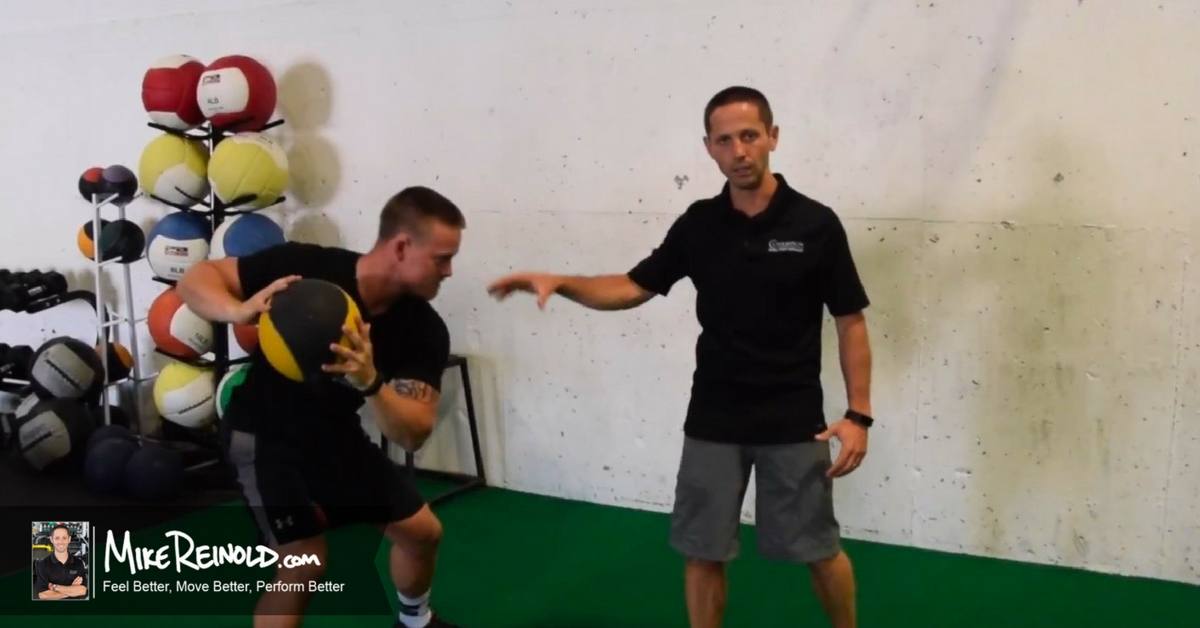Plyometric exercises have been used for decades in both the rehabilitation and sports performance settings.
I love how plyometrics can effectively be used for power development, but are also valuable in the rehabilitation setting to gradually apply load to healing tissue while working on both force production and dissipation.
To truly perform plyometric exercises and get the most out of them, you must understand the science behind the stretch-shortening cycle. I talk about this in detail in an Inner Circle presentation on the Science of Plyometric Exercises.
To fully maximize the benefit of the stretch-shortening cycle, you have to quickly transition from the eccentric loading phase to the concentric explosion phase of the drill.
If you perform the drills to slow, you’ll reduce the effect of the stretch-shortening cycle and decrease the efficacy of the plyometric exercise.
The Right Way, and Wrong Way, to Do Plyometrics
Watch the quick video below to see what I mean:
The Science of Plyometrics
If you want to learn more, check out my Inner Circle presentation that overviews the neurological basis, phases, and science of plyometrics:
To access this webinar:
- Inner Circle members click here to access the webinar
- Learn how to access this webinar and much more in my online Inner Circle Mentorship program





